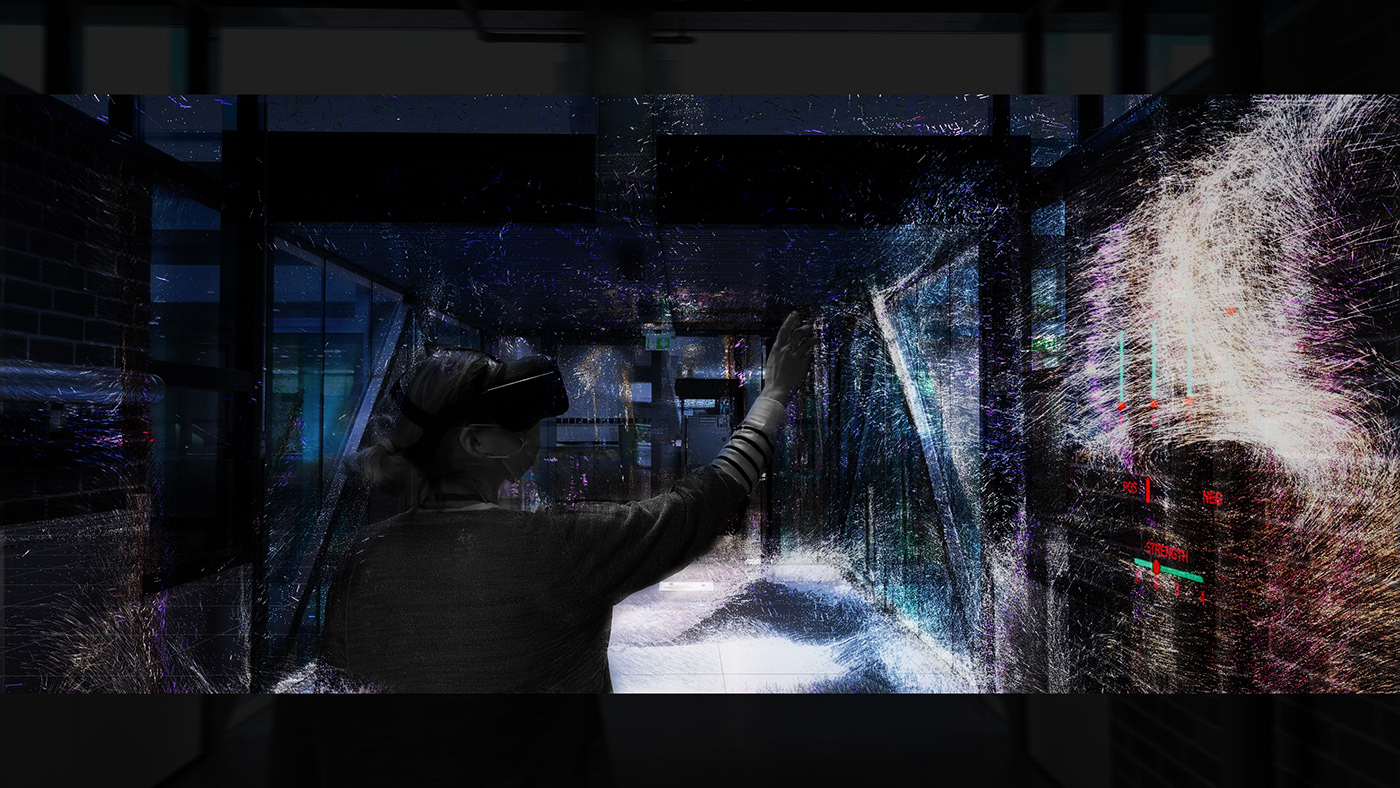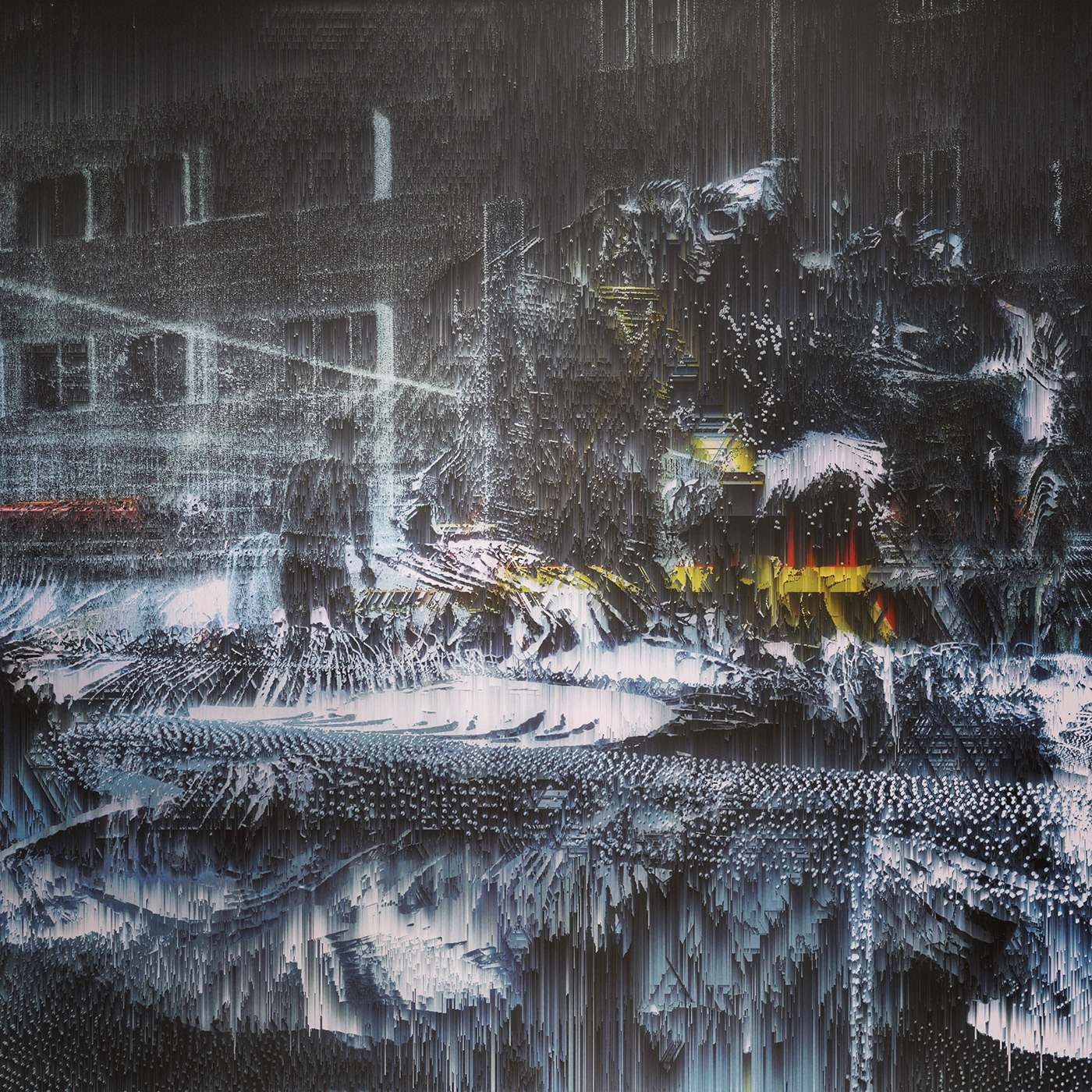
opPOSITIONS.
simulated embodiment and the empathic spaces of existence
Why is it that architecture and architects, unlike film and filmmakers, are so little interested in people during the design process? Why are they so theoretical, so distant from life in general? - Jan Vrijman
Architecture is a man-made world, where we are living in. Based on our personal-affection, we the human beings ought to choose between them. That way, some are much more appealing to us than the others. Furthermore the ideal shapes/worlds are stored in our minds. Simulated worlds, which are embedded in our brains and we perceive the world through them. Numerous informations about spatial data, mixed up with emotional and personal inputs.
But what happens when we somehow make these virtual “Simulations” a reality?
The work consists of improving/modifying the real spaces we inhabit by simulating a virtual representation of that space. The static real face of our environments would coexist with the dynamic forms of the virtual counterpart created by our personal contribution. This process would then open a new window into a new reality, a new space, which is ultimately a hyperreal space that is not only between two dimensions, but also intertwines virtual and real spatial dimensions. In this way, the architecture does not have to be in one form only, but it can adapt to the user and interact with us through our personal input. This can lead to a more individualized environment that enriches or improves our lives while stimulating the users.

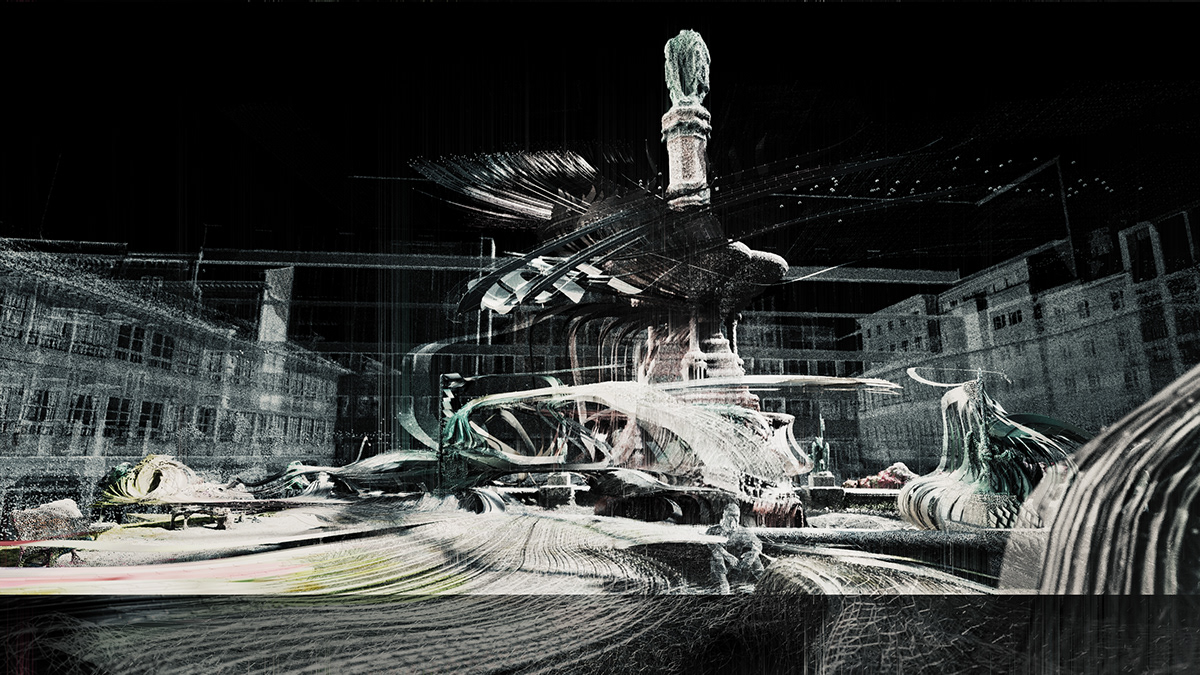
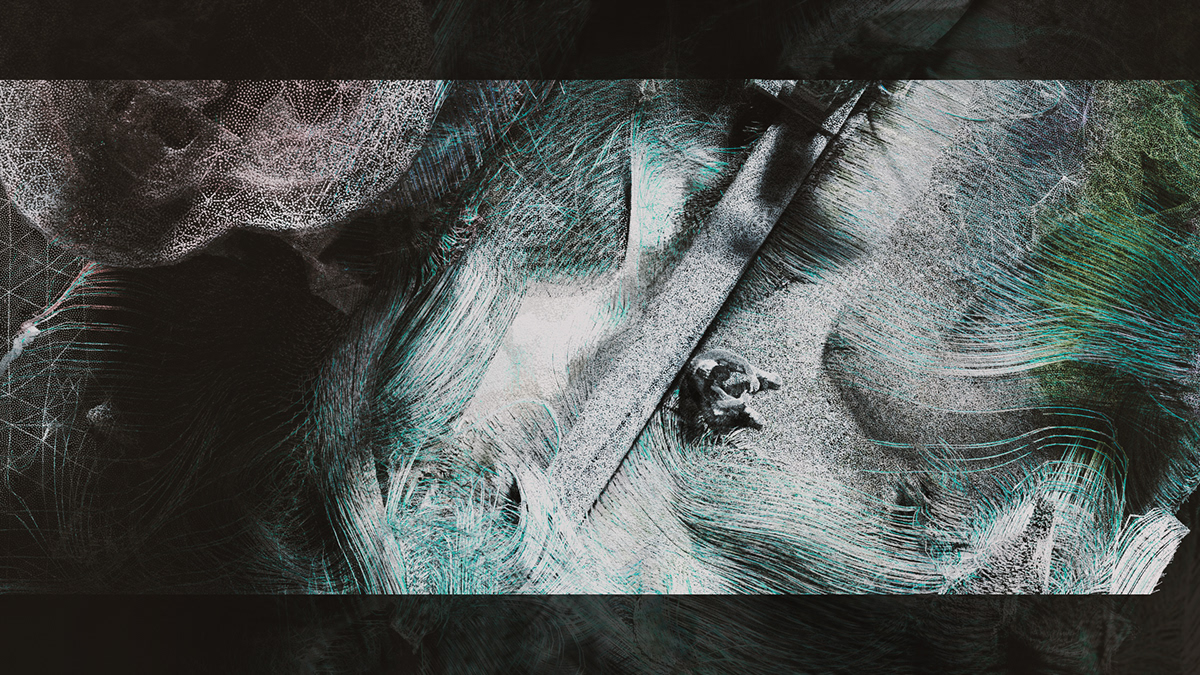
I examined the works of Jean Baudrillard and his dealings with simulacra go back a while, and since then our society has logically changed as well. Especially, with the advent of smartphones and the parallel growth of technological innovations, our environments today are becoming more and more immersed in hyperreality and this has changed our attitudes and approach to the media we consume. We live in a more advanced world, and Baudrillard's examples with televisions and the signs and symbols used in advertising have spread to other areas.
Our understanding of reality lies only in our own minds, which are constructed by our own "self". Nowadays, even social media is based on that. In Cyberspace our behaviour, actions, choices have been monitored, saved and by their AI systems/algorithm processed. Since the boom, social media has been manipulating our minds by showing us stuff, which mainly focuses on our interests. So the “tool” we are using to enhance our daily lives is actually using us as tools and our addiction towards social media is based on this data, where the AI behind it knows us better than we know ourselves. It can predict our next action and thus create experiences that drive us more into using social media.
So, we are not only led into new frontiers, but also forced to live in a world of hyper-reality, a world in which we cannot distinguish between what is real and what is not real. This is not really a big deal for us, we do not really care. Once we are happily married to technology and live a life where we can do so many things in a short amount of time and be anywhere/everywhere, virtually or in real, we are okay with it. These cyberspaces are an important tool in our lives today, and we can not move forward without them.
What if architecture begins to be an extension of the body?
What happens when we use our existence as a bridge between architecture and our body?
In this case, architecture should not deal with the construction of a building, but rather be considered as bodybuilding. Architecture as a body can be enhanced, has room to grow and the possibility to free itself from the functional enslavement of the users. It could not only adapt to the user and his/her needs, but it would also maintain a physical and mental proximity to the user.
So, the project is not only about the relationship between real and virtual, but also about the search for new ways to implement immaterial digital qualities into the physical and material-based world of architecture. The simulations, or rather the virtual face, can be seen as a medium in their dynamic character and their constantly changing architectural expression.


USE CASE:
The world is changing, and the way we live is also changing. Flexible living has become more and more common in society, and people tend to favour more flexible ways of living and working. One of the best examples of this is the increase in flexible working or distance working policies by employers and employees over the last ten years.. Our way of thinking as students or employees has also developed in a direction that we want to work anywhere, especially among the younger generation. The benefit of flexibility is really important because it would increase the ability to adapt to the user and his or her individual needs. The project also aims to bring individuality and adaptability into architecture, in this case allowing users to work in their own environment. In this manner, we can also increase productivity, motivation and well-being.
In the first quarter of 2020, a global pandemic hit our planet. The so-called “Covid-19” pandemic has forced us to limit our daily lives and we have been stuck inside our houses for awhile. It introduced us to two very significant situations. On the one hand, without any preparation, the rapid and large-scale transition to remote living, working and socializing. But on the other hand it also gave us the opportunity to imagine and adapt ourselves to generally live and work in a different way.
NEW SPACE:
What happens when the place you work and the place you live end up being the same place?
The need for an additional space would rise, and we would crave for alternative experience other than being at home or being in home-office. If you perform many different activities in the same location and add work to them, you may experience some productivity issues.
If we use simulation as a space-generating apparatus, we don't even have to go anywhere to free ourselves from the feeling of being "at home". When material qualities merge with immaterial qualities, we can create our own spaces around us. We can immerse ourselves in another place that still resembles the real one, but through virtual adjustments becomes a new simulated environment. Through mixed reality, we can merge the virtual and the real and obtain an immersive, interactive space that can help us to get distracted, take a break or, even if we have lost track, to regain our spirit.
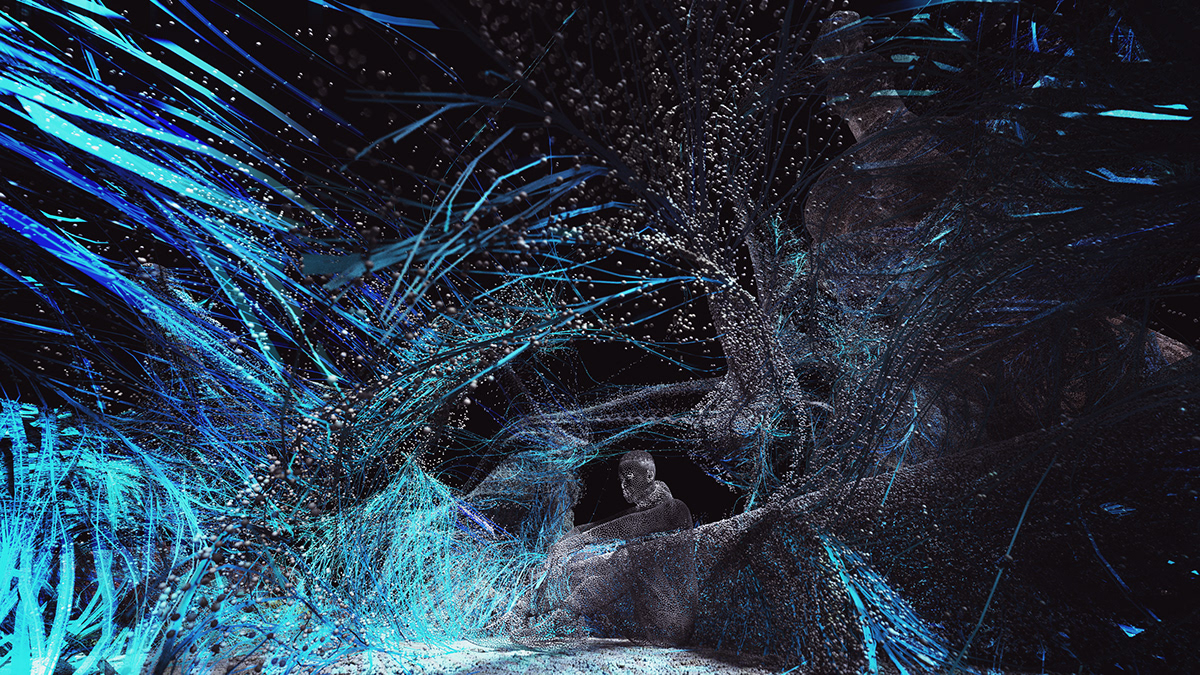
The DATA and the Computation:
The challenge with this concept is not only the collection of data, but also what personal inputs need to be collected to create parameters that can be used in a design process.
Furthermore the visualization of the users' existential spaces on physical space is the goal of the experiments. Self-reflection must not only be visually perceived, but it should be felt with all senses.
What is the matter with the personality type?
Every person has a personality type, which is defined by the criterias such as previous experiences, relationships and choices they made during their life. They define our character, the way we take actions and shape our decisions throughout our lives.
What about our emotions?
Our emotions are different. It is situational feelings that we have, influenced by external or internal sources, that fundamentally influence our behaviour, our decisions and above all our perception. Bringing emotions into the design process could not only have interesting visual results, but also serve to play down some extreme emotional phases. Our environment and our emotional states are directly related. The perception of our environment based on our emotions is one thing, but the spaces we physically inhabit can not only manipulate our physical state, but also affect our mental state. By stimulating the user's personal state, we can empower the productivity or motivation of the user.
And the User-Activity? How can it affect the perception of the space?
Our actions are decisive when we experience a space. The way we move, the speed of the movement and the type of movement always influence our perception of space. The points mentioned above can also trigger a certain action or a chain of actions, which in turn shape the experience. Through an action we can also interact with the space, which in turn helps us not only to better understand the space, but also brings us closer to it.


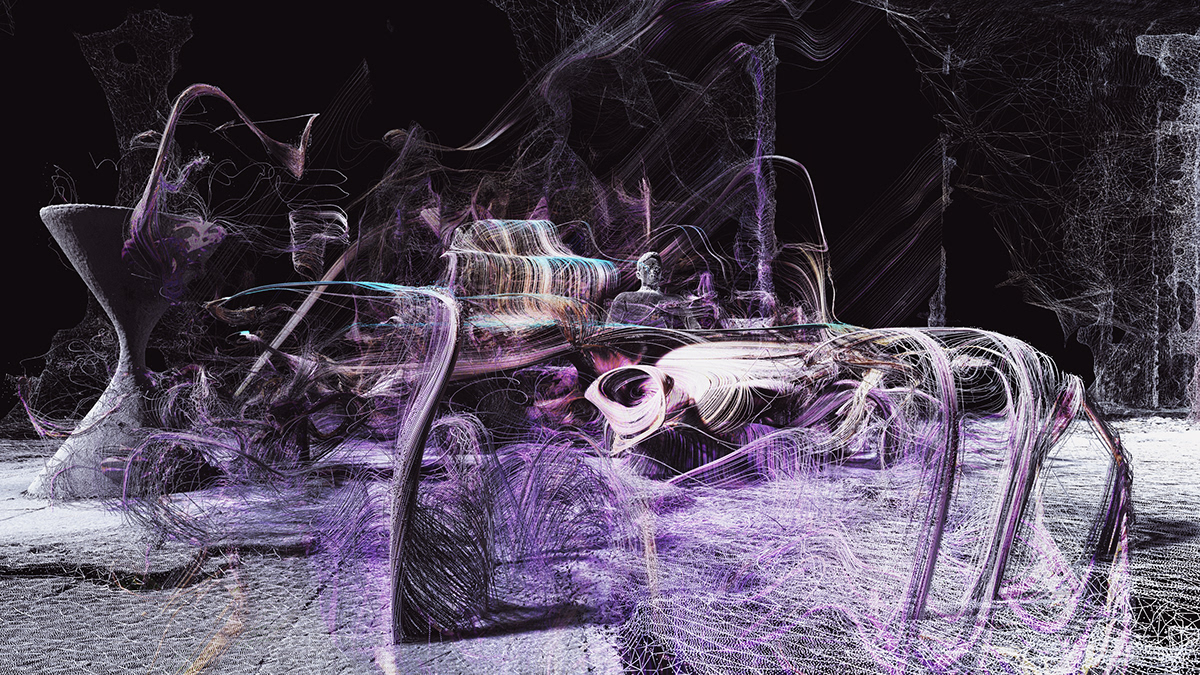
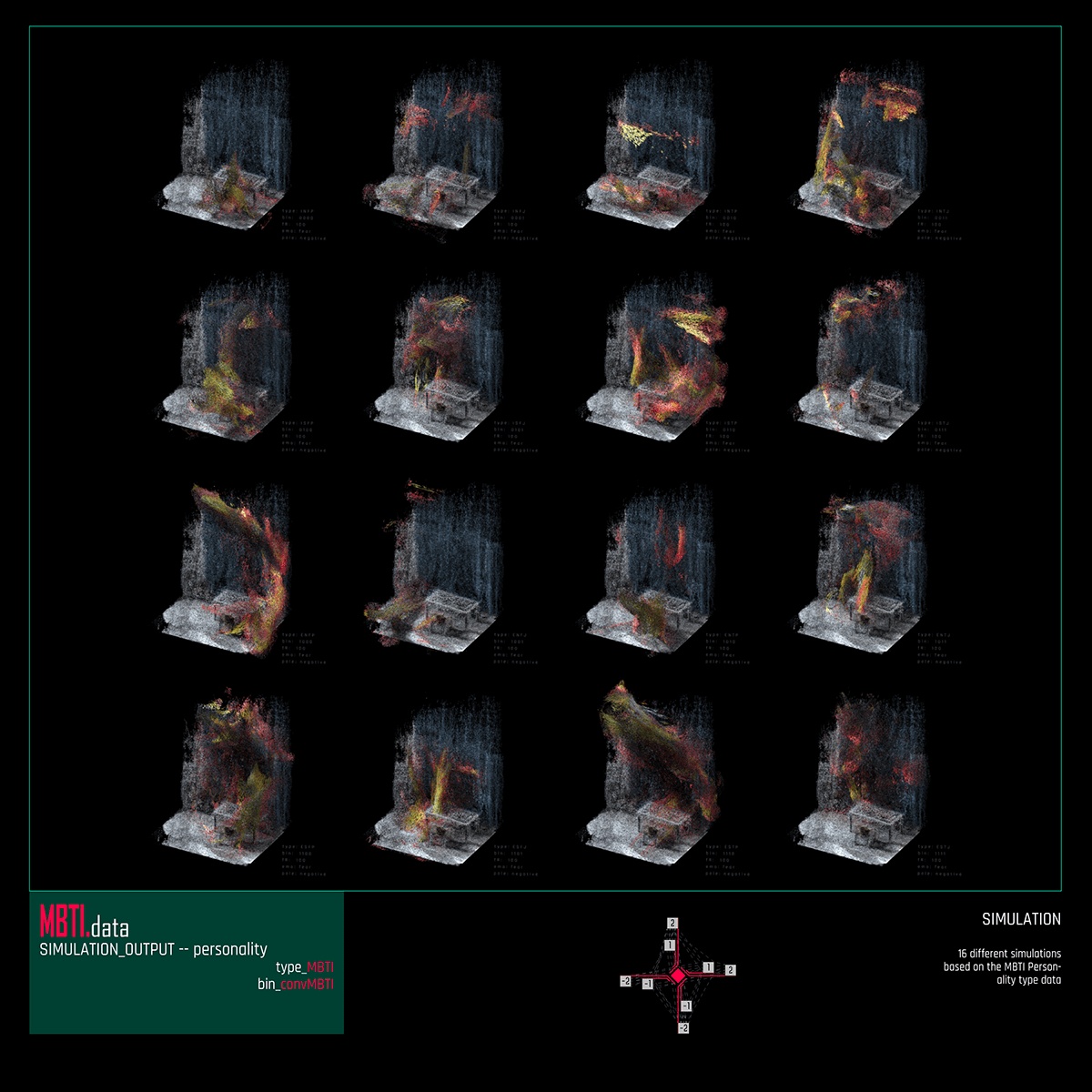


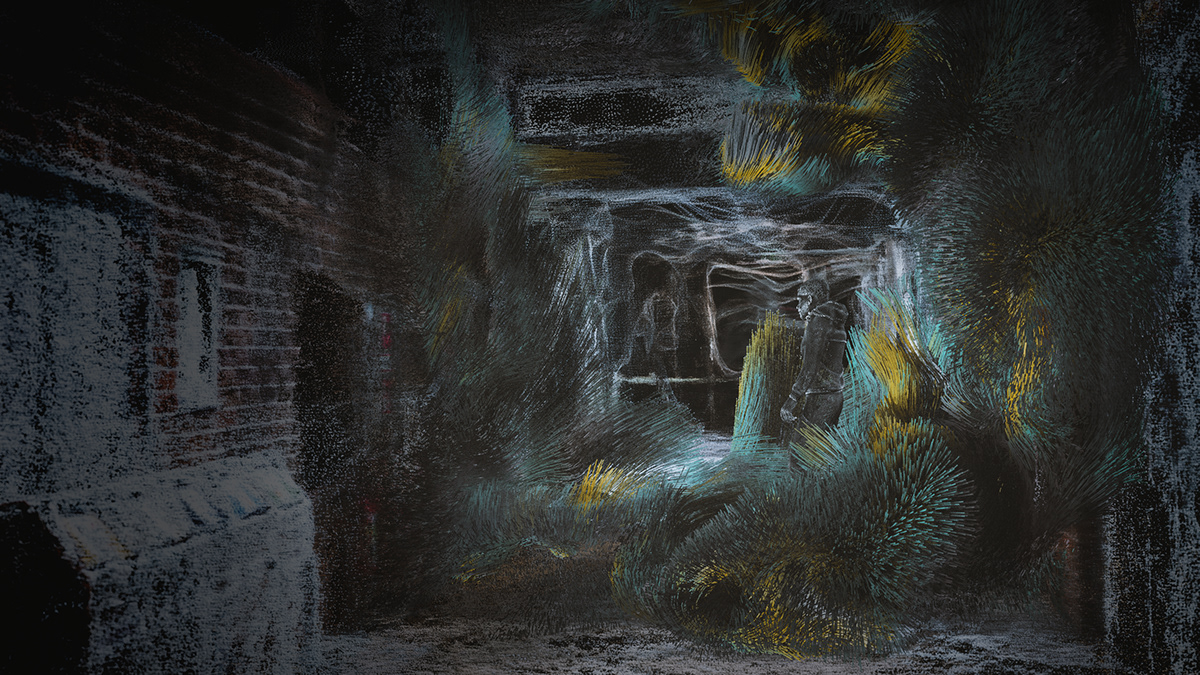
THE LOOP
The whole idea of this new space should be a statement and a possible future for the general understanding of architecture. An architecture that can be brought to life with sophisticated and uncanny elements that can be composed together with material and immaterial parts. We are curious creatures, who are mainly interested in unfamiliar things. We love to be surprised or to be confronted with unforeseen experiences. These experiences, which happen so suddenly and are filled with unfamiliar things, tend to arouse our interest and stick in our memory, and trigger reactions.
So the "tool" catches these reactions, it learns from us, or better said, it starts to learn our reactions, emotions, personality and above all our existence. Every time we log in, the space adapts to us thus makes the experience evolve and change itself, better said to grow with us.
But what about us, do we learn too?
Or should we also learn?
If we would start to understand this new space and learn from it, we would also start to adapt/imitate. We would begin to control our personal input and to react to it correctly. We would know how to trigger certain experiences or even spaces by adjusting our own personal state of being. In this way we would merge into the space we inhabit and live with it together in harmony in an infinite loop.
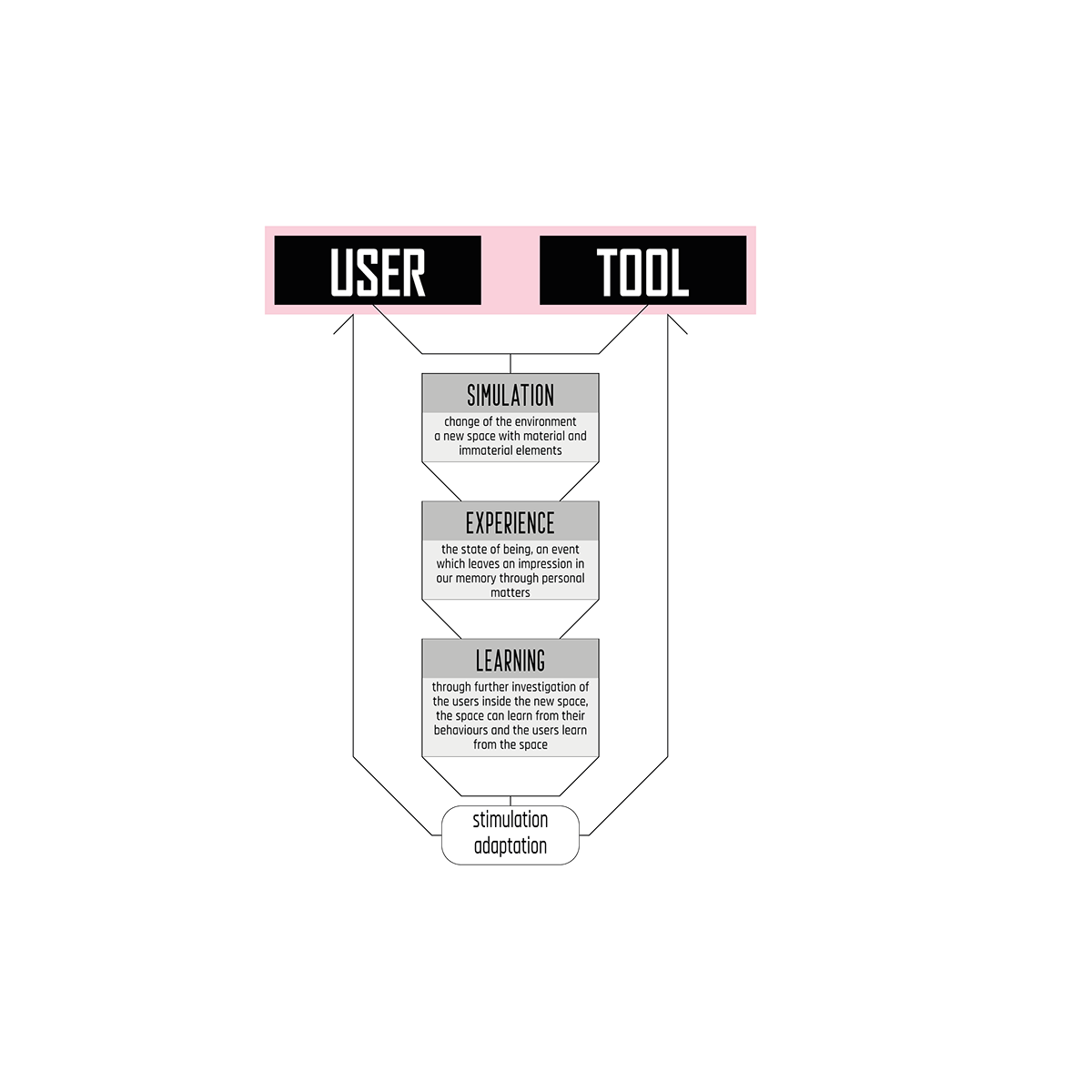

EXPERIENCE:
The Installation:
For the demonstration of the whole proposal I set up an experience in the form of an installation. Here the algorithm I created was shown and the environment was edited and modified according to the given personal input of the users in the same way as it was presented above.
The scanned point cloud of the environment with the calculated gradient vector field based on the density of the point clouds was embedded in the software/algorithm. The system then generates a new space through the entire procedure. Each parameter can be changed and adjusted by the user during his time in this space and of course in real time.
The goal here was to let the user know how a room can be generated and designed using parameters such as personality type, emotional data and user activity.It is still possible to move around because the partially visible base point cloud allows the user to orientate himself in the hyperreal space.


